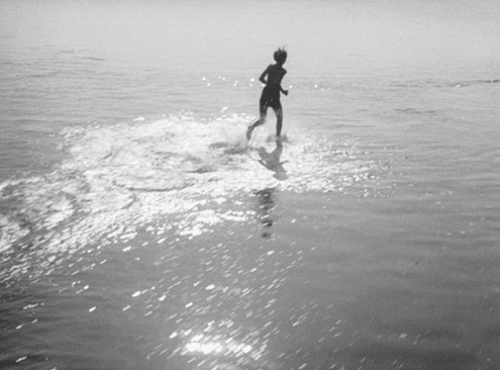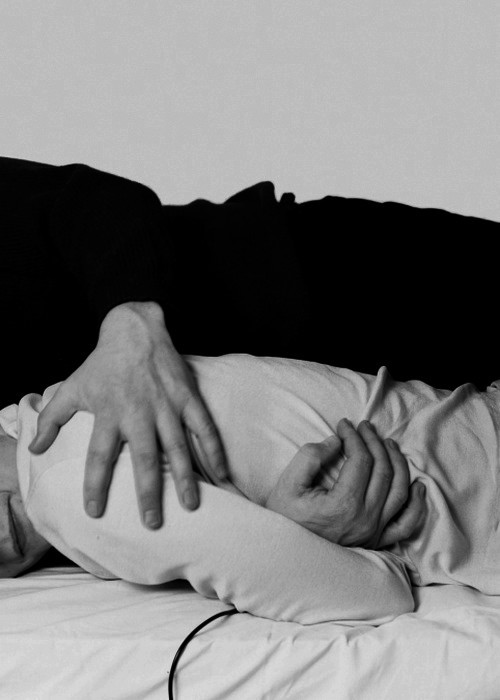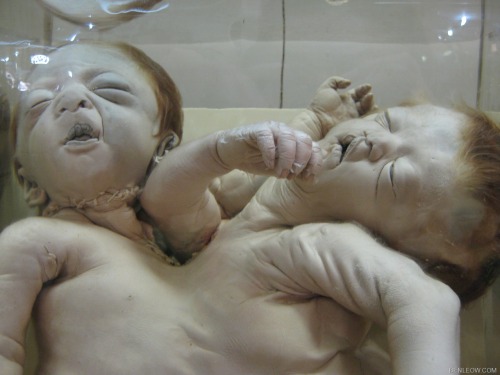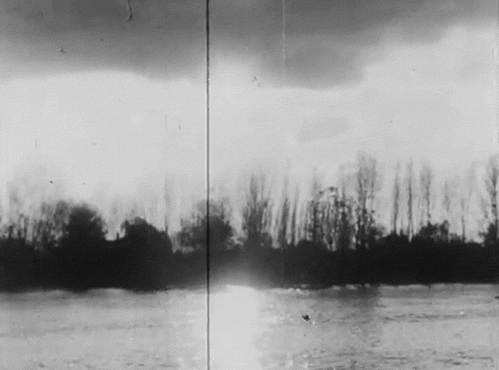Audio
Photo

by Elina Brotherus

by Elina Brotherus
Photo

i-donline: i-Skate: Johannes Schulze
Photo

Photo

Lucien Clergue

Lucien Clergue
pussy

pussy
Ute Ploier F/W 2009

Ute Ploier F/W 2009
Monica Bonvicini White 2003

Monica Bonvicini
White
2003
vicemag: Tom Bianchi Photographed His Gay Paradise Before It...

Tom Bianchi Photographed His Gay Paradise Before It Disappeared Forever
Close your eyes for a second and imagine you are at the party of your dreams. Everyone you love and are infatuated with is around you, the music you loved in your teens is playing, and bad trips are not a concept. You dance and you love and you spin and you love some more, and then all of your friends die.
I know it's harsh, but it's also sort of what happened to Tom Bianchi in the early 1980s, with the onset of AIDS. It's also the subject of his latest book, Fire Island Pines - Polaroids 1975-1983—a selection of photos taken in a small part of Long Island called the Pines, that functioned as a kind of IRL utopia for a large community of incredibly beautiful and charismatic gay men in the 1970s.
Tom's name, by the way, is one of those you should know, because he's been integral in making the world you live in a nicer place than how you found it. You see Bianchi—who, in the early 70s, also worked as a lawyer in New York and Washington, DC—has spent most of his life fighting AIDS and weird heterosexual attitudes toward gay culture. He is the co-founder of a biotech company researching AIDS medication and, if he feels like it, he can also boast a long catalogue of incredibly affectionate photography, poetry, and video work.
With the release of his new book as an excuse, I called Tom up to talk desire and grow up a little.
VICE: Hi Tom, how are you today?
Tom Bianchi: I'm very good, I just had a lovely breakfast out by the swimming pool. I'm ready to go today.
OK, let's do it. Shall we start by telling the story of how this book came to be?
Growing up and coming out in Middle America, you had to imagine a world very different to the one you were living in. The world we were living in disregarded us and called us perverts. So the brilliance of Fire Island was that it was built by those people who imagined a different world and set out to create it. We carved out the tiniest little place just for ourselves, where we could be safe and laugh and play with one another on the beach, and not have any negative judgement surrounding us. What that did was attract the best and the brightest gays from all over America—particularly because of its proximity to New York, which was the centre of so much culture, fashion, style, and even film. It was a very glamorous time.
Was the creation of this neighborhood planned or circumstantial?
The island is a 36 mile-long barrier a few miles off the Long Island coast, separated into small communities by extended open sand dunes. The Pines, which is one of these little villages, is a mile-long grid of boardwalks connecting about 600 houses built on telephone pole stilts sunk into the sand. Back then, some real-estate guys got to building on this virgin terrace, and it just so happened that the place began to attract bohemian New Yorkers; writers and artists would come out and live in little shacks. It wasn't intended for the gay community, but it made sense when it formed to be a home for it.And you happened to be there with a fancy, new Polaroid camera, too.
I was a lawyer at Columbia Pictures at the time. At an executive conference in Miami, we were given an SX-70 Polaroid camera. It was this little plastic thing, which I took to Fire Island a little while later and started taking pictures of my friends. At the time, a lot of people were still in the closet so, as you can understand, they were extremely wary of having their picture taken. So, the important thing about this camera was that it allowed me to take the picture and a few minutes later put it out on the table for people to take a look. It made everyone immediately more comfortable and I very quickly formed the intention to show the world what a cool, amazing place the capital of Queerdom was. Or the provincial part of it [laughs].
efedra: Dress by Katrien Be Blauwer

Dress by Katrien Be Blauwer
nevver: Sirens of Titan

Photo

"I align myself with people who support my growth. If you meet someone whose soul is not aligned with..."
"I align myself with people who support my growth. If you meet someone whose soul is not aligned with yours, send them love and move along."- Dr. Wayne Dyer
Photo

Photo

Photo

LAUREN BACALL, hair test

LAUREN BACALL, hair test















No comments:
Post a Comment